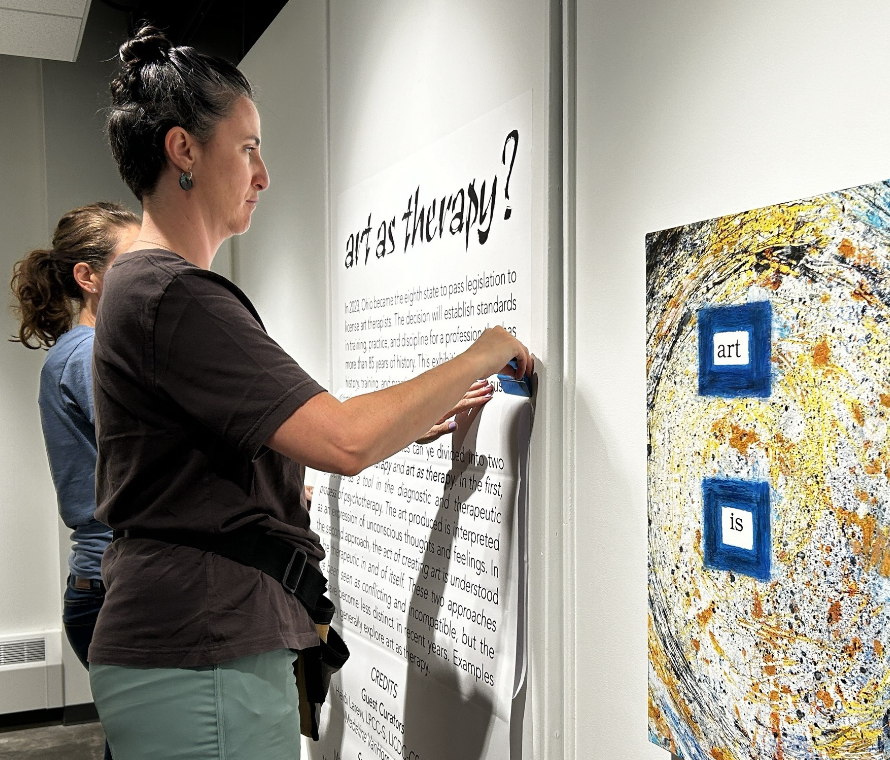By: Ruth Walker
The classroom environment has evolved over the past several years to include audio, visual and interactive teaching methodologies to stimulate learning and interest in students living in the digital age.
In fact, students’ perception of their teacher is invariably linked with their technological prowess. In a recent article in the Journal of Technology Research, students who took a class taught via PowerPoint rated both their instructor and the course more positively.
Other researchers published in Computers & Education looked at the effectiveness of PowerPoint presentations used to present lecture material. They had instructors teach their class via chalk and a blackboard for one semester and teach with PowerPoint presentations the following semester.
What they found is that although the final grades remained the same, the students rated their instructors using more advanced technology as having more organized, effective and interesting lectures.
Interestingly, students who took the PowerPoint-taught course rated their instructors higher on qualities that had nothing to do with how they presented their lecture. Instructors were rated higher for handing papers back on time, giving good feedback and promoting critical thinking. Instructors using PowerPoint were also rated as being more likable.
These studies suggest that perhaps PowerPoint lends credibility and the perception of increased organization.
As one University of Akron undergraduate noted, who preferred to remain anonymous, lectures presented via PowerPoint are “A lot more organized and look more professional.”
There is a running debate on whether instructors who utilize PowerPoint in their classrooms should provide the slides to their students.
Some students, such as another undergraduate who preferred to remain anonymous noted, “I’ve had several teachers who post their PowerPoint presentations on Springboard.”
The student went on to explain that when “students print out the PowerPoint slides and follow along with the teacher in class. [It] makes it a lot easier to understand the material instead of writing and taking down notes in a hurry while the teacher is trying to instruct.”
Unfortunately, concerns about drops in attendance and fewer students paying attention in class stop many instructors from utilizing this approach.
One instructor stated, “I love using PowerPoint and other programs like it.”
He went on to say, “I also really like using Smart Boards for teaching statistics,” while noting that “white boards are a good non-technological alternative.”
Students are happy to see that, for the most part, The University of Akron has traded most of its antiquated overhead projectors in for more advanced digital projectors and Smart Boards.
Students such as Jenny Keaton, an undergraduate majoring in English, praised the integration of technology with lecture.
Keaton particularly appreciates when instructors, “show us clips from YouTube or any site that is humorous or interesting,” because when chosen appropriately, it “gets my attention.”
Fellow undergraduate Paris Pryor agrees with that sentiment.
“I like that my teacher uses the internet to show the class videos related to the subject,” Pryor said.
Some courses at the University use clickers to assess student understanding throughout a lecture. Clickers are handheld devices that allow students to answer true/false or multiple choice questions by pushing the button corresponding to their chosen response. Responses are electronically sent to the instructor, giving the instructor the opportunity to address misunderstandings with lecture material.
A major concern with clickers is that most courses use clickers to record attendance, the implication being that if a student does not arrive to class during the initial log-on process, he or she is considered absent.
The clicker method can potentially dissuade students from attending a class if they are running late since they will not be counted present. An additional concern is the added cost of purchasing a clicker in addition to costly textbooks.
Technology in the classroom has gone beyond simply utilizing PowerPoint, Smart Board and clicker-type devices at several Universities across the nation, and thus far has yielded mixed results.
Several universities piloted Kindles in hopes that students would prefer them to heavy textbooks that cost twice as much money. The response to this program was underwhelming.
According to The Seattle Times, 80 percent of students in the pilot program would not recommend the Kindle as the replacement for textbooks in the classroom. Students complained that they could not highlight or write notes in the margins, see colored charts and graphs, or go back and forth between pages easily. All of these tasks are typical when studying and using a textbook as a resource.
Other programs have proven effective thus far. Freshmen at Abilene Christian University in Texas are all given an iPhone, iPod touch or an iPad.
The university website states that preliminary research findings on the effectiveness of such technology in their classrooms has shown increased satisfaction, more learning opportunities and more efficient use of time. However, more time and research is required in this area.
Outside of the classroom, many courses at The University of Akron require students to assess information, quizzes, tests, discussion boards, chat groups and turn in assignments via Springboard. This website has become an extension of the classroom and is used differently, depending on the instructor’s needs and preferences.
Another extension of the classroom is the utilization of the Computer Based Assessment in Schrank Hall to administer tests instead of a typical pen and paper test. Students have the advantage of viewing their test score immediately following the test, but have the disadvantage of taking an assessment in an unfamiliar environment that varies from the classroom where they acquired the information being assessed in the testing center.
As technology continues to evolve, classrooms and instructors will need to evolve with it or lose the ability to relate to students who are increasingly technologically savvy.
As evidenced by the growing use of Springboard, digital projectors, PowerPoint lectures, Smartboards, clickers and other technology, instructors at The University of Akron are continuing to adapt to each new trend that comes their way.





